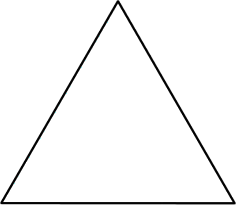24 DEC 2013 by ideonexus
 An Early Experiment Hinting at DNA
An Early Experiment Hinting at DNA
Anomaly (2) was observed by Fred Griffith, decades before DNA and the genetic code. He found that if you inject a heat-treated, dead, virulent species of bacteria (pneumococcus S) into a rat previously infected with a nonvirulent species (pneumococcus R), then species R became transformed into species S, thereby killing the rat. About fifteen years later, Oswald Avery found that you can even do this in a test tube; dead S would transform live R into live S if the two were simply incubated tog...V. S. Ramachandran on a fascinating experiment involving combining dead bacteria with live to produce new bacteria.
17 MAR 2012 by ideonexus
 Evolution Can Only Build on What is Already There
Evolution Can Only Build on What is Already There
To produce a really good biological theory one must try to see through the clutter produced by evolution to the basic mechanisms lying beneath them, realizing that they are likely to be overlaid by other, secondary mechanisms. What seems to physicists to be a hopelessly complicated process may have been what nature found simplest, because nature could only build on what was already there. Folksonomies: evolution vestigial traits
Folksonomies: evolution vestigial traits
Crick describing the clutter of nature.
17 MAR 2012 by ideonexus
 The Sequence Hypothesis and The Central Dogma
The Sequence Hypothesis and The Central Dogma
My own thinking (and that of many of my colleagues) is based on two general principles, which I shall call the Sequence Hypothesis and the Central Dogma. The direct evidence for both of them is negligible, but I have found them to be of great help in getting to grips with these very complex problems. I present them here in the hope that others can make similar use of them. Their speculative nature is emphasized by their names. It is an instructive exercise to attempt to build a useful theory ...Crick describes two guiding principles of understanding how DNA produces proteins. The second is interesting for the use of the term 'information.'




